Do you like long walks on the beach? Then beach combing and searching for fossilized gems along northern Michigan shorelines is for you! Along Lake Michigan, one of the most notable fossils you will find is Petoskey stones ( Hexagonaria percarinata), distinguishable by their hexagonal shapes and is the state stone of Michigan. These are extinct coral that formed in the warm waters of an ancient inland sea. Warm water?! In Michigan?! In the time period that these corals formed, Michigan was actually located near the equator and has since moved to its present location due to plate tectonics. These are fairly easy to find at Petoskey State Park in Petoskey, MI or along the shorelines between Traverse City, and Petoskey.
Figure 1: Petoskey stone
Another notable fossil that can be found is Charlevoix stones. These are often confused with Petoskey stones but can be distinguished by their small round to square shapes that resemble a honeycomb vs. the hexagonal shapes found in a Petoskey stone. Look beyond the color to the shapes in the stone, more easily seen if wet.
Figure 2: Charlevoix stone
Chain Coral is distinct by it’s maze like or snake like chain. Generally, the fossil is lighter in color and juts out of the rock, see photo below:
Figure 3: Chain coral
Horn Coral looks just like that a horn in many cases (though not all), it has striations on the outside and if one is lucky or is able to cut the coral in half, can see the interior chambers, which have generally been filled in with another mineral (calcite in many cases).
Figure 4: Horn coral, with cross section view
Pudding stone is a conglomerate (a rock made up of other rocks or minerals, generally far from where it originated due to the pebbles being rounded) primarily consisting of quartzite and red jasper. Puddingstones are best found on the Eastern end of the Upper Peninsula or the Northeast side of the Northern Peninsula.
Figure 5: Pudding stone
Unakite is a colorful rock made up of green epidote and pink orthoclase and is often used in jewelry.
Agate is more difficult to find on the shores of Lake Michigan and are best found in the Upper Peninsula along the northern shores of Lake Superior, however, one can get lucky at times and find one, keep an eye out for a shiny stone (made of silica) that has concentric circles:
Figure 6: Agate
These are just the tip of the iceberg of what one can find on the shores of the Great Lakes, in addition to the above, one can find basalt, man-made slag, yooperlites, banded chert and many more!
Many of the rocks you see along the shoreline originate from our Canadian neighbors to the north and are Pre-Cambrian in age. They are glacial in nature, meaning that the glaciers ripped them from their original location and transported them further south to where you and I can find them today on beaches, in fields, etc. Even though most of the fossils grew right here during the Paleozoic era, mainly during the Ordovician, Silurian, and Devonian periods ~485MM years ago to 359 MM years ago, they also had to be removed from their place of origin, either by glaciers or water and then transported (by water mainly) to where we find them today.
By Michigan State law beachgoers can walk along the private trust, indicated by the high-water mark, however, only access the beach from public access points or obtain permission from the landowner prior to crossing their land to get to the beach.
The following websites and books are good references for further reading:
Michigan Mineralogical Society | Finding State Rocks (michmin.org)
Michigan Backyard Fossils | U-M LSA Museum of Paleontology (umich.edu)
Prehistoric Michigan covered by ancient seas, tropical jungles before Mitten formed | The Rapidian
The Geology of Michigan by John A. Dorr, Jr., and Donald F. Eschman
Michigan Rocks and Minerals: A Field Guide to the Great Lake State by Dan R. Lynch
Lake Michigan Rock Picker’s Guide by Bruce Mueller

Angela Hammond
Angela holds both a bachelors and masters of Geological Engineering from Michigan Technological University (MTU). In 2021 she was inducted into the MTU Presidential Council of Alumnae and is an active Houston Geological Society member and trustee. She is a Yooper, born between the Great Lakes of Michigan and Huron and not too far from Superior where she first found her love of rocks and minerals. She currently resides in Houston, Texas working at Shell Oil Company and spends many days and hours each summer collecting rocks and fossils on Lake Michigan beaches in northern Michigan.


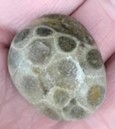
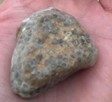
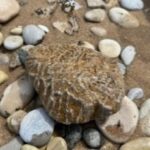
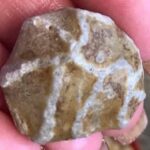


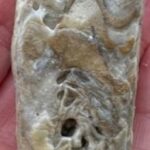
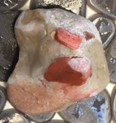



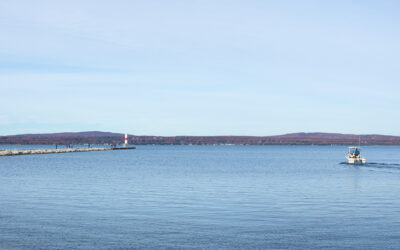
0 Comments